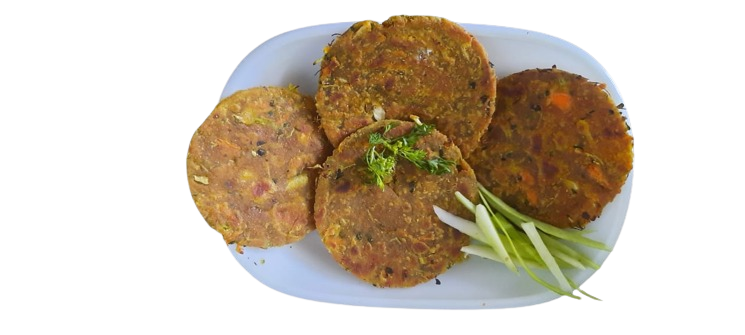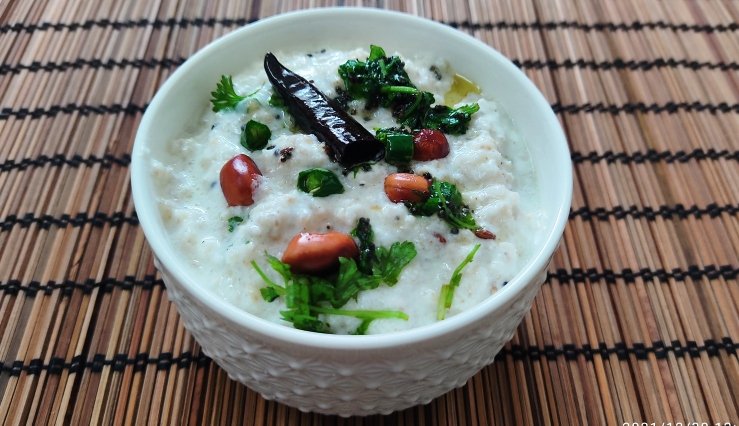
Millet pongal, a South Indian comfort food, is not only a delicious and hearty dish but also a healthy one. Traditionally made with rice and lentils, it has been a staple in South Indian cuisine for generations. However, with the growing interest in healthier eating, many people are turning to millet as a nutritious alternative to rice. Making the perfect millet pongal requires some tips and tricks to get the texture and flavor just right. In this article, we will explore the steps to make the perfect millet pongal and share some valuable tips and tricks to ensure your dish turns out just the way you want it.
Before we dive into the tips and tricks for making millet pongal mix, let’s briefly discuss the health benefits of using millet in this dish. Millets are small-seeded grasses that have been cultivated for thousands of years. They are packed with essential nutrients like fiber, vitamins, and minerals. Millet is gluten-free and has a low glycemic index, making it an excellent choice for those with dietary restrictions or anyone looking to maintain healthy blood sugar levels.
When used in pongal, millet brings a nutty flavor and a slightly chewy texture that complements the creaminess of the dish. It’s an excellent source of complex carbohydrates, which provide sustained energy throughout the day. Furthermore, millet is rich in magnesium, which is important for bone health, and it contains antioxidants that help protect the body from oxidative stress.
The Basic Millet Pongal Recipe
Ingredients:
- 1 cup of millet (usually, foxtail millet or little millet are used)
- 1/2 cup of split yellow moong dal (lentils)
- 1/4 cup of ghee (clarified butter)
- 1 tsp of cumin seeds
- 1 tsp of black pepper
- 1/2 inch of ginger, finely chopped
- 1/4 tsp of asafoetida (hing)
- A pinch of turmeric
- Salt to taste
- Fresh curry leaves
- Cashews for garnish (optional)
Instructions:
- Wash the millet and moong dal thoroughly and soak them for about 20-30 minutes. Drain the water and set aside.
- In a large, heavy-bottomed pan, heat the ghee over medium heat.
- Add the cumin seeds, black pepper, ginger, and asafoetida. Sauté until the spices release their aroma.
- Add the soaked millet and moong dal to the pan. Stir well to combine with the spices and ghee.
- Add water (about 4 cups for 1 cup of millet) and salt. Mix everything together and let it come to a boil.
- Reduce the heat to low, cover the pan, and let the pongal simmer until the millet and lentils are cooked and the mixture becomes creamy. This will take about 20-30 minutes.
- In a separate pan, roast some cashews in ghee until they turn golden brown. You can then add these to the pongal for added flavor and crunch.
- Garnish with fresh curry leaves and serve hot.
Now that you have the basic recipe, let’s explore some tips and tricks to perfect your millet pongal:
Choosing the Right Millet: The choice of millet is crucial. Foxtail millet and little millet are commonly used for making pongal. Each variety has its own unique flavor and texture. Experiment with both to see which one you prefer. Remember that millets cook faster than rice, so adjust your cooking time accordingly.
Soaking the Millet and Lentils: Soaking the millet and lentils is essential as it helps them cook more evenly and quickly. It also aids in better digestion. Thirty minutes of soaking is usually sufficient, but you can soak them for longer if you prefer.
The Ghee Factor: Ghee is a key ingredient in making the perfect millet pongal. It adds a rich and aromatic flavor to the dish. Don’t skimp on the ghee, but be mindful of your dietary preferences and restrictions.
The Spice Blend: Cumin seeds, black pepper, ginger, and asafoetida form the heart of the spice blend for millet Pongal. Make sure to sauté them properly in hot ghee to release their full flavor potential.
The Water Ratio: Getting the water-to-millet ratio right is crucial. As a general rule of thumb, use about 4 cups of water for every 1 cup of millet. However, the actual amount may vary depending on the type of millet and your personal preference. Add water in small increments and stir until you achieve the desired creamy consistency.
Cooking Time: Millet cooks faster than rice, so be vigilant about the cooking time. Keep the flame on low once the mixture comes to a boil, cover the pan, and let it simmer until the millet and lentils are tender. Stir occasionally to avoid sticking to the bottom of the pan.
Garnishes: Fresh curry leaves and roasted cashews are traditional garnishes for millet pongal. They add a burst of flavor and texture to the dish. Don’t forget to add them before serving.
Experiment with Flavors: While the basic recipe is delicious, feel free to experiment with additional ingredients like green peas, carrots, or spinach to add color and flavor to your millet Pongal.
In conclusion, making the perfect millet pongal is not a complex process, but attention to detail is key. By choosing the right millet, soaking it properly, and paying attention to the cooking process, you can create a delicious and nutritious dish that will be a hit with your family and friends. With these tips and tricks, you can confidently venture into the world of millet pongal and enjoy all the health benefits and flavors it has to offer. So, go ahead and give it a try – your taste buds and your body will thank you.


